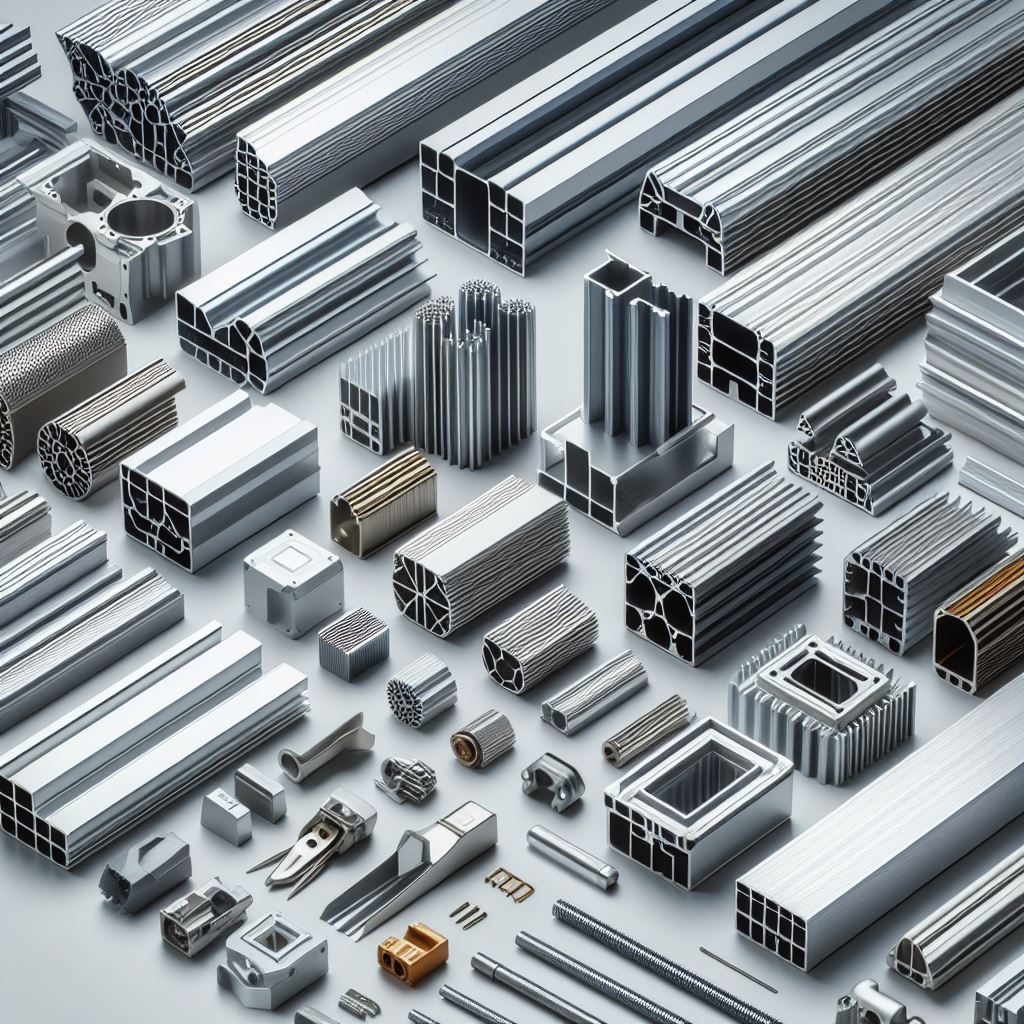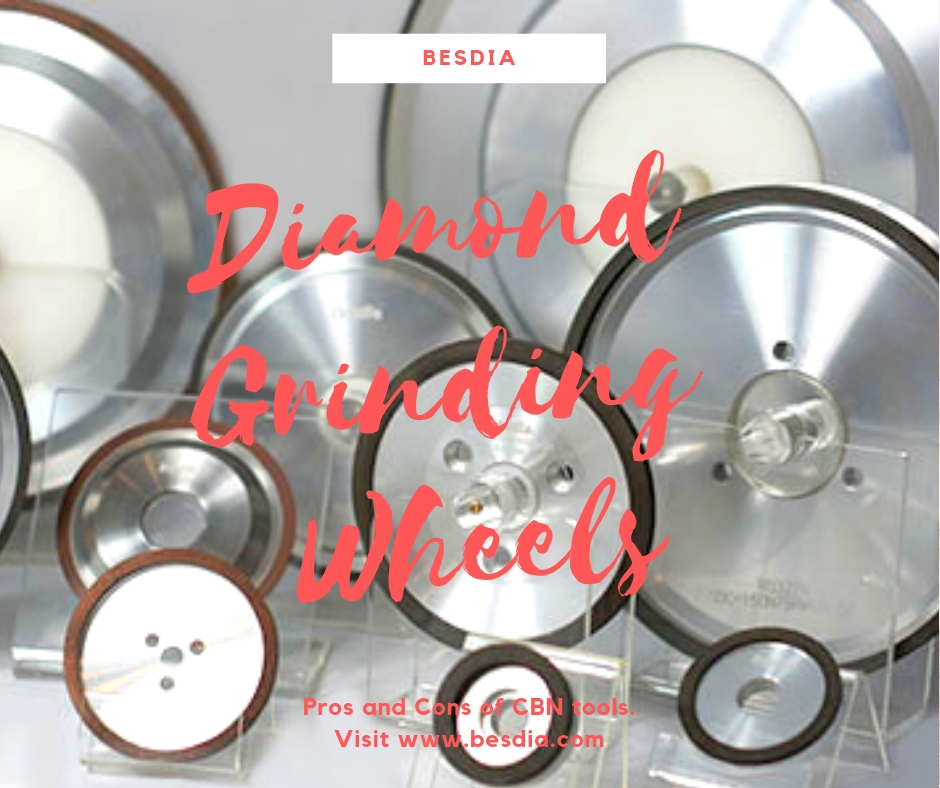Here’s a good refresher on common practices to keep manufacturability and cost in mind when designing a part.
What exactly is computer-numerical-controlled (CNC) machining? It’s a means to make parts by removing material via high-speed, precision robotic machines that use an array of cutting tools to create the final design. CNC machines commonly used to create the geometric shapes required by customers are vertical milling machines, horizontal milling machines, and lathes.
To successfully make a part on a CNC machine, programs instruct the machine how it should move. The programmed instructions are encoded using computer-aided-manufacturing (CAM) software in conjunction with the computer-aided-design (CAD) model provided by the customer. The CAD model is loaded into the CAM software and tool paths are created based on the required geometry of the manufactured part. After determining the tool paths, the CAM software creates machine code (G-code) that instructs the machine on how fast it should move, how fast to turn the stock and/or tool, and the location to move in a 5-axis coordinate system.
Complex cylindrical shapes can be manufactured more cost-effectively using a CNC lathe versus a 3- or 5-axis CNC milling machine. With a CNC lathe, cutting tools are stationary and the part stock is turning, whereas on a CNC mill, the tool turns and the stock is fixed. To create the geometry, the CNC computer controls the rotational speed of the stock as well as the movement and feed rates of the stationary tools required to manufacture the part. If square features need to be created on a round part, the round geometry is first created on the CNC lathe and then the square features would be made on a CNC mill.
Because the computer controls the machine movement, the X, Y, and Z axes can all move simultaneously to produce a range of features, from simple straight lines to complex geometric shapes. Some limitations do exist in CNC machining, and not all shapes and features can be created even with the advances made in tooling and CNC controls. The limitations will be discussed later.
General Tolerances
If a drawing or specification sheet has not been provided by the customer, a company may provide general specifications to follow to manufacture a model. These specifications may change from one company to another. In addition, some companies do not have default tolerances and will require the customer to provide the specifications.
Part Tolerances
Tolerance is the acceptable range for a dimension, which is determined by the designer based on the form, fit, and function of a part. It is important to keep in mind that a tighter tolerance can result in additional cost due to increased scrap, additional fixturing, and/or special measurement tools.
Longer cycle times can also add to the cost if the machine needs to slow down to hold tighter tolerances. Depending on the tolerance call out and the geometry associated with it, costs can be more than double of what it would be to hold the standard tolerance. Tighter tolerances should only be used when it is necessary to meet the design criteria for the part.
Furthermore, overall geometric tolerances can be applied to the drawing for the part. Based on the geometric tolerance and type of tolerance applied, cost may rise due to increased inspection times.
The best way to apply tolerances is to only apply tight and/or geometric tolerances to critical areas, which will help minimize costs.
Size Limitations
Milling
Part size is limited to the machine’s capabilities and depth of cut required by a feature in the part. Keep in mind that a build space’s dimensions don’t equate to part size. The features and size of the part will determine the part’s machinable height.
Lathe
Lathe capabilities will depend on the build space, or the diameter and length. A company may also offer a live tooling lathe, which dramatically decreases lead times and increases the amount of features that can be machined by combining additional CNC milling functions within the lathe.
Material Selection
Material selection is critical in determining the overall functionality and cost of the part. The designer must define the design’s important material characteristics—hardness, rigidity, chemical resistance, heat treatability, and thermal stability, just to name a few.
Metals
As a general rule, softer metals, like aluminum and brass, as well as plastics, machine easily and will take less time to remove material, which in turn reduces time and cost. Harder materials, like stainless steel and carbon steel, must be machined with slower spindle RPMs and machine feed rates, which would increase the cycle times versus the softer materials. As a general rule, aluminum will machine about four times faster than carbon steel, and eight times faster than stainless steel.
Plastics
Plastic material can be a less expensive alternative to metals if the design doesn’t require the rigidity of metal. Polyethylene is easy to machine, and costs about 1/3 that of 6061 aluminum. In general terms, ABS is about 1½ times the cost of Acetal; nylon and polycarbonate are approximately three times the cost of Acetal. Keep in mind that depending on the geometry, tight tolerances can be harder to hold with plastics, and the parts could warp after machining because of the stress created when material is removed.
Complexity and Limitations
The more complex the part, which means contoured geometry or multiple faces that need to be cut, the more costly it is due to additional setup time and time to cut the part. When a part can be cut in two axes, the setup and machining can be accomplished faster, thus minimizing the cost.
For simple two-axis parts, more material will be removed as the tool moves around the part than with a contoured part. With a more complex part, some areas will need to be cut with X, Y and Z axes moving together.
To create a complex surface with a good surface finish, very small cuts will need to be used. This increases the time and, therefore, price of a part. A general rule to help minimize the cost is to try and design using only two axes cuts, but this isn’t always possible if a certain look or functionality is required. Keeping things consistent, such as internal corner radii and tapped holes, will also help save time and money on parts by reducing the need for tool changes.
Five-Axis Machining
Five-axis machining capabilities allow for more complex CNC machining parts to be manufactured in the most cost-effective manner. Five-axis machining means that the machine and the part can be moved in up to five ways simultaneously around multiple axes. The coordinated movement allows for very complex parts to be manufactured more efficiently because it minimizes setups, attains faster cutting speeds, generates more efficient tool paths, and achieves better surface finishes.
By using five-axis technology versus conventional three-axis machining, fewer setups are required to create a part with complex geometry. With three-axis milling, contoured parts, or parts with machining on several faces require multiple setups to create the geometry. Oftentimes, with three-axis machining, complex fixtures must be made in order to hold a part in the orientation necessary to create the feature. Five-axis machining eliminates the need, and thus cost, of creating the fixtures, because the part can be held once and rotated to create complex geometries.
Finally, by using a five-axis capable machine, the machine and part movement allows for the cutting tool to remain tangential to the cutting surface. Lower cycle times and costs are achieved because more material can be removed with each pass of the tool, and better surface finishes result by using the five-axis capabilities on contoured geometry. In traditional three-axis machining, very small cuts must be used to create a good surface finish, resulting in longer lead times.
If you have requirement of CNC machining parts, I recommend you to visit Sharp-eyed Precision Parts Co., Ltd.
They focus on the development as well as machining of a modern extent of complex CNC precision machinery parts made with coordinating focuses. Supplied in various particulars to look around, these precision parts are generally developed according to customer aspect. More than 30 years’ connection with designing and producing lots of precision machining parts, their CNC precision machining parts are for customers overseas and locally. Now, contact with Sharp-eyed for more details!
Article Source: Machine Design



